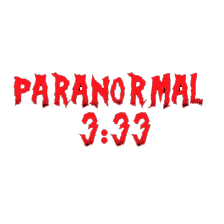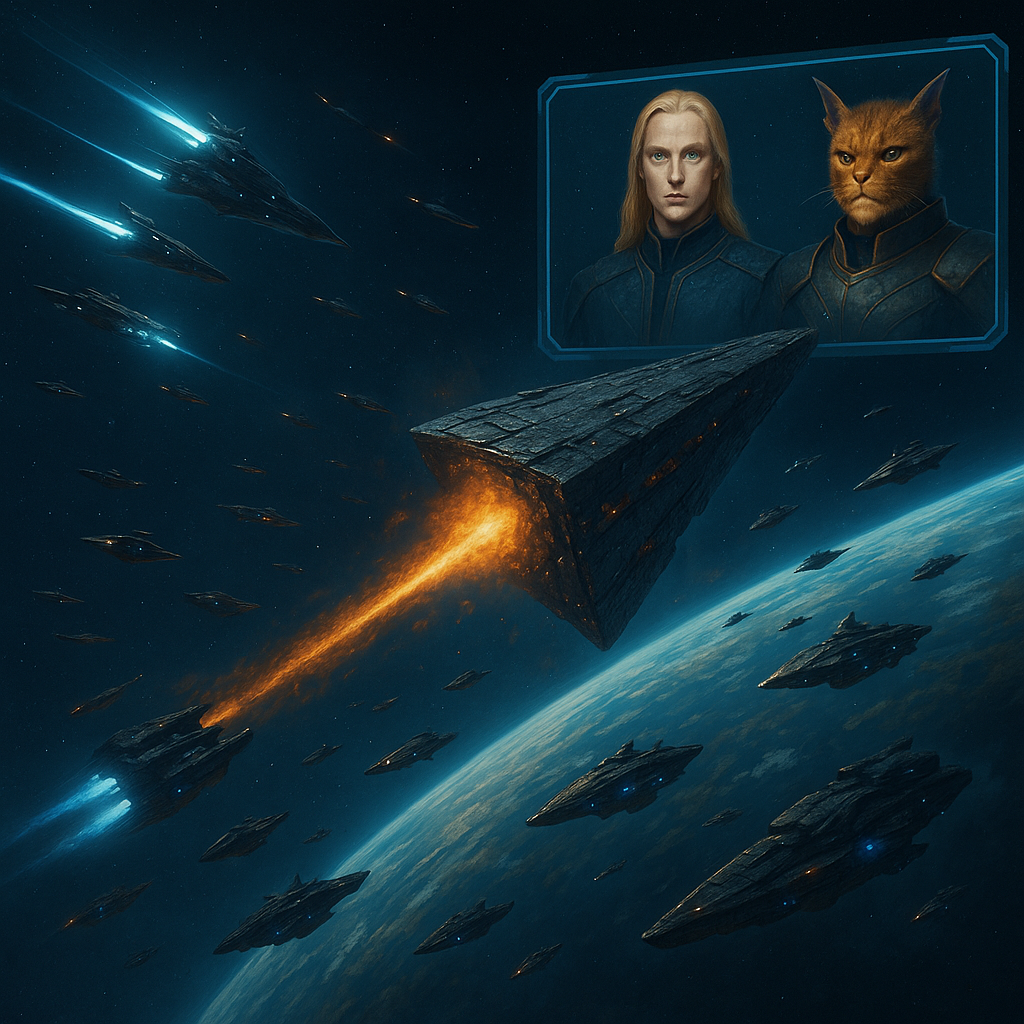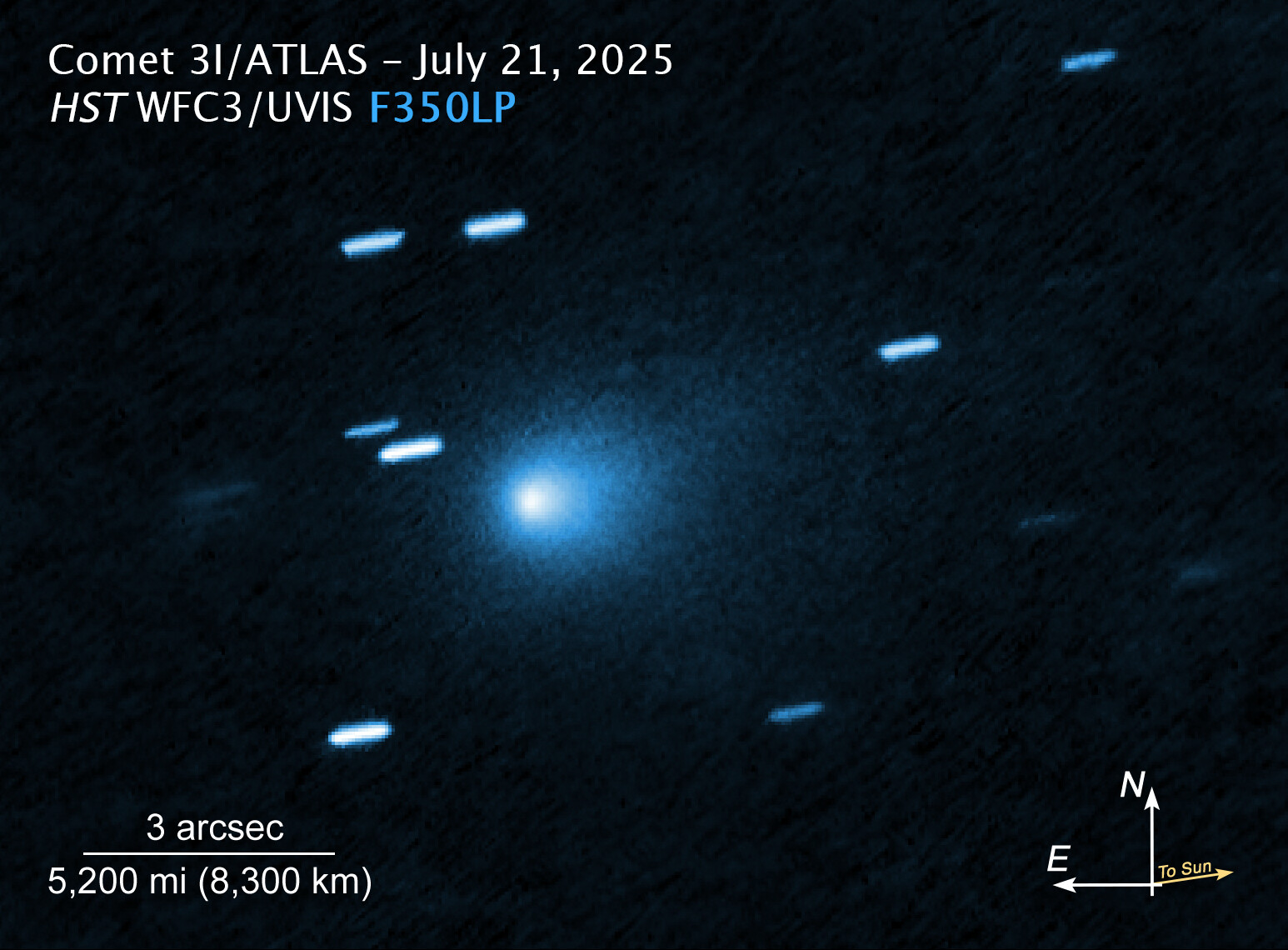📑 Index / Outline
- Introduction
- From Incident to Phenomenon: The Making of the Myth
- The Myth as an Economic Engine
- The Heart of the Myth: The Roswell UFO Festival
- A Visual Invasion: The Alien Branding of the City
- Beyond the City: Global Projection and Indirect Benefits
- The Intellectual Seed: Roswell and Modern Ufology
- Final Reflection: Myth, Business, and Belief
- The Next File
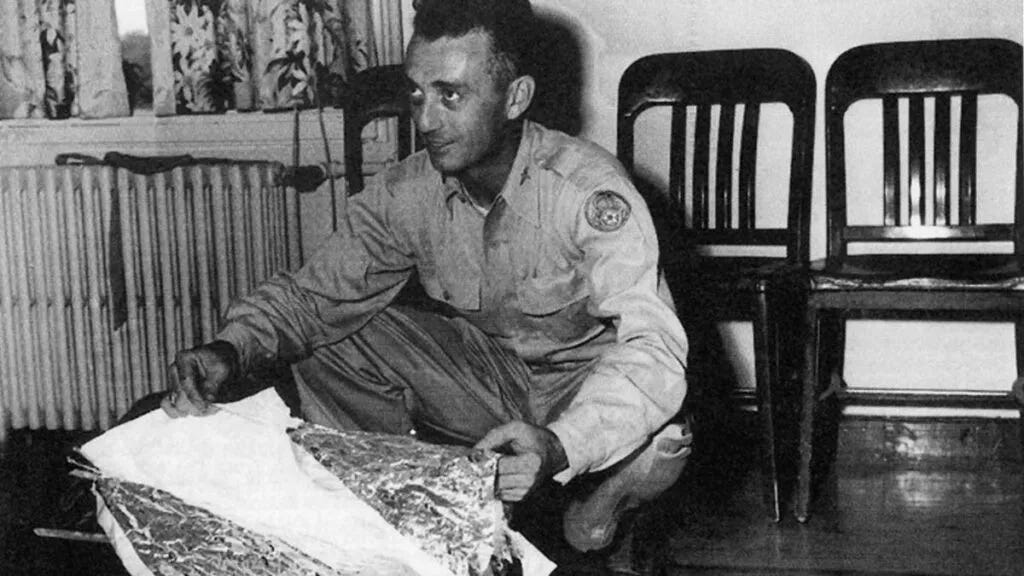
Introduction
The summer of 1947 forever transformed a remote town in the desert of New Mexico. On July 8, the Roswell Army Air Field announced to the world the recovery of a “flying disc.” Barely 24 hours later, the story shifted dramatically: the object was, supposedly, nothing more than a weather balloon. Yet that single contradiction was enough to spark a flame that has never gone out.
What really happened remains a matter of debate. For skeptics, Roswell was nothing more than a military misunderstanding in the tense atmosphere of the Cold War. For believers, it was the first confirmed contact with beings from another world and the greatest cover-up in modern history. Between those two extremes, a powerful narrative was born: that of a small, isolated town suddenly thrust into the role of epicenter of the extraterrestrial mystery.
Roswell quickly transcended the headlines of 1947 to become a global myth. It inspired books, films, television series, conspiracy theories, and entire cultural movements centered on ufology. Today, nearly eight decades later, the very name “Roswell” remains synonymous with UFOs and government secrecy.
But behind the myth lies something far more tangible: money. With a population of nearly 48,000, Roswell has learned to capitalize on the world’s fascination with UFOs. From museums and festivals to souvenirs and themed restaurants, the town has turned an uncertain episode into its primary economic engine.
The question is inevitable: Can a city truly sustain its economy on UFOs?
In this article, we will explore how Roswell reinvented itself as a brand, the real economic impact of the UFO phenomenon on its daily life, and the lessons left by this unique case where the line between myth and business becomes almost invisible.
From Incident to Phenomenon: The Making of a Myth
The introduction sets the stage for how Roswell went beyond the headlines to become a global myth. But how exactly did that transformation happen? What made this particular event—and not another—the cornerstone of modern UFO culture?
The answer lies in one decisive factor: authority. Before 1947, reports of unidentified flying objects were scattered anecdotes: lights in the sky, rumors from pilots, rural tales. The Roswell case changed everything because it directly involved the U.S. military. An official confirmation, immediately followed by a retraction, created the perfect blend of legitimacy and suspicion. It was no longer just a simple sighting; it became a potential state secret.
That spark consolidated what would become “UFO culture”: a subculture rooted in fascination with the unknown and deep distrust of official narratives. Roswell became the “ground zero case,” the starting point of a movement that, as mentioned, would go on to permeate television (The X-Files), cinema (Close Encounters of the Third Kind, Independence Day), and literature for decades.
The Capitalization of the Myth: Roswell as a Brand
Once it was established as a cultural pillar, the next step was inevitable: its transformation into a brand. Today, the name Roswell has transcended geography to become a global concept—the symbol of the hidden, the inexplicable, and the conspiratorial. This branding is so powerful that, by merely mentioning it, one evokes an entire universe of secrets without the need for further explanation.
Roswell went from being a forgotten desert town to becoming a pop icon, comparable to Hollywood for film or Silicon Valley for technology.
The Club of Profitable Myths: A Comparison
Roswell is not unique in its ability to monetize a myth. We can compare it with other phenomena that transformed their identity into cultural and economic engines:
- Area 51 (Nevada): The other great epicenter of UFO conspiracy. The distinction is key: Area 51 builds its mystique on exclusion and the secrecy of an active operation. Roswell, by contrast, thrives on inclusion; it invites the world to explore the narrative of a past event in order to capitalize on curiosity.
- Stonehenge (England): A megalithic monument shrouded in enigmas. Both function as “cultural portals” into the unexplained, but while Stonehenge connects us to an ancient and spiritual mystery, Roswell represents a modern and technological one: the question of our place in the cosmos.
- Salem (Massachusetts): Famous for the 1692 witch trials, it is a masterful example of historical re-signification. Much like Roswell, it transforms a collective trauma into the main driver of its touristic and economic identity.
The comparison reveals a pattern: when a place successfully associates itself with a powerful myth, it transcends its geography and becomes a universal symbol. Roswell did it with UFOs; Salem with witches; Stonehenge with the ancestral; and Area 51 with government secrecy.
The Myth as an Economic Engine
Roswell’s cultural symbol has a tangible and measurable counterpart: its economic impact. The 1947 story ceased to be a simple anecdote and became the driving force behind the city’s hotels, restaurants, museums, and even its urban planning.
Tourism: The Constant Flow of Visitors
Roswell, a city with fewer than 50,000 inhabitants, attracts nearly 90,000 visitors each year. This influx directly sustains the hospitality industry and the shops in the historic downtown, where the UFO theme is omnipresent.
The annual climax is the UFO Festival in July. Over four days, the event gathers more than 40,000 people, generating an estimated economic impact of 2 million dollars. To put it in perspective, the city invests approximately 200,000 dollars in its organization, which translates into a return on investment close to 10 to 1. It is the clearest example of how the myth is monetized.
Themed Infrastructure: Museums and Attractions
At the epicenter of this tourism is the International UFO Museum and Research Center, inaugurated in 1991. Located in a former movie theater, it is not just a collection of artifacts, but an institution with a specialized library and its own shop, consolidating itself as one of the most visited museums in New Mexico. Around it, private galleries and recreational spaces have emerged that reinforce Roswell’s identity as a unique themed destination.
Beyond indoor venues, the experience extends to guided tours that take visitors to the supposed “crash sites” on nearby ranches. These tours, which combine history and anecdote, generate additional income for guides and transport providers, while keeping the local narrative alive.
The Souvenir Economy
One of the most visible pillars of this economy is themed merchandise. The average visitor hardly leaves the city without an alien souvenir, from T-shirts and mugs to handcrafted jewelry. The strength of this industry is such that it has permeated the entire commercial fabric: gas stations, cafés, and even multinational chains like McDonald’s have adopted the UFO aesthetic, integrating themselves into an ecosystem that revolves entirely around the incident.
In short, Roswell does not live off memory, but off a well-consolidated tourist infrastructure. The festival, the emblematic museum, and an omnipresent souvenir industry demonstrate how the local economy has been systematically woven around the myth, turning the paranormal into a sustainable business model.
The Heart of the Myth: The Roswell UFO Festival
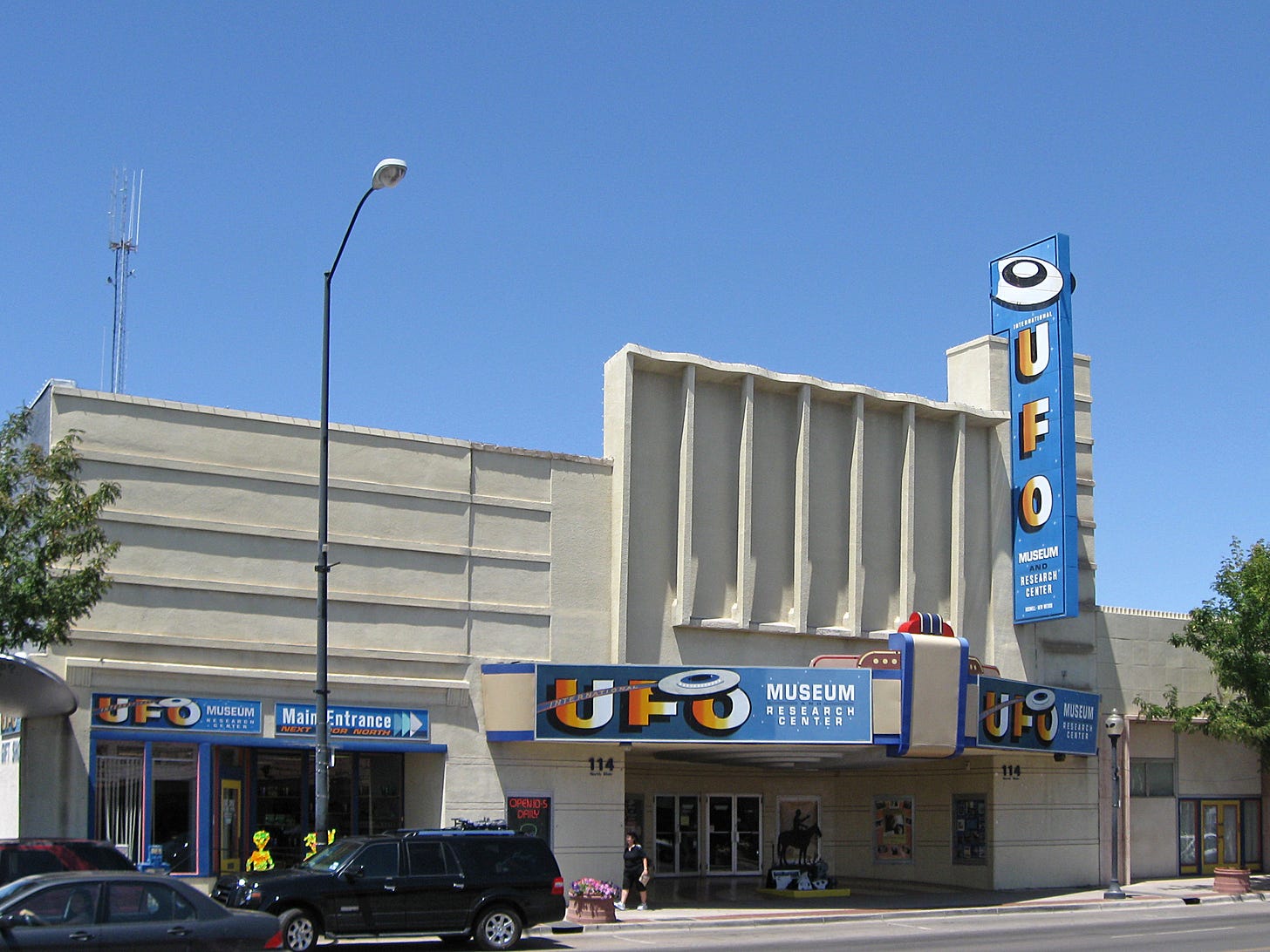
If Roswell is the global symbol of the UFO phenomenon, its UFO Festival is the celebration that keeps it alive. Every summer, during the weekend closest to July 4, the entire city transforms into a themed stage where pop culture, curiosity, and business converge.
From Commemoration to Mass Phenomenon
The festival was born in 1995 to commemorate the 50th anniversary of the incident. What began as a modest event, driven by local enthusiasts, quickly captured media attention. Over the years, it evolved from a small gathering into a massive event that today serves as a meeting point for believers, skeptics, families, researchers, and artists from around the world.
A Show for Everyone
The festival’s programming reflects its success: it has managed to diversify in order to attract all kinds of audiences. The streets fill with parades of floats and extraterrestrial troupes, while more serious spaces host conferences with renowned researchers and ufologists. However, the soul of the event lies in its playful side, with alien cosplay contests that mix humor and creativity, open-air concerts, and a full offering of food fairs and family activities.
Strategic Impact and Global Projection
As already mentioned, the impact of this event is massive. But beyond the numbers, its true strategic value lies in its ability to temporarily quadruple the city’s population. This surge of activity not only guarantees the economic health of the service sector during the summer but also serves as an unbeatable global marketing campaign.
The festival is, in itself, a media phenomenon. Networks such as CNN, BBC, and National Geographic provide coverage that annually renews Roswell’s status as the epicenter of mystery. This exposure attracts a steady flow of international visitors—from European researchers to Asian tourists—consolidating the city as a key destination on the map of paranormal tourism.
In short, the UFO Festival is proof that the Roswell myth is not preserved in museum display cases, but celebrated and reinvented every year. It is the machinery that transforms memory into a profitable, vibrant, and sustainable spectacle.
A Visual Invasion: The Alien Branding of the City
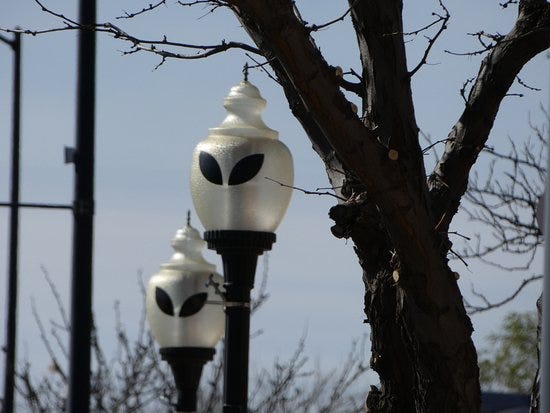
In Roswell, the myth is not limited to festivals or museums: it is breathed in the streets, the shops, and the urban infrastructure. The city understood that to consolidate itself as a unique destination, it had to make alien branding an integral part of its everyday identity.
The most famous example, whose image has traveled around the world, is the McDonald’s shaped like a flying saucer. With its metallic dome and nighttime lights simulating a landing, this restaurant has become an architectural landmark. It is not just a place to eat, it is a must-stop within the Roswell experience.
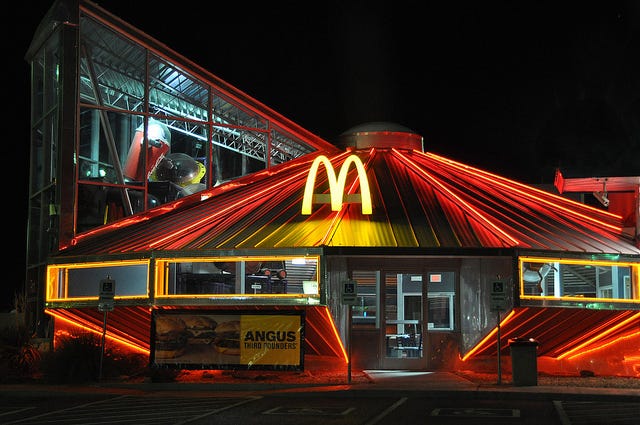
But theming goes beyond the spectacular. A detail that defines the character of the city is the streetlights in the historic downtown, designed with the large black eyes of the archetypal “grey” alien. This subtle design element constantly reinforces the visual narrative; walking through Roswell at night means doing so under the watchful gaze of visitors from another world.
This aesthetic strategy is replicated throughout the commercial fabric. Shops, gas stations, and motels have adopted alien iconography, from neon signs with spaceships to abduction murals in hotel rooms. Every corner reinforces the same message: here, everything revolves around the myth.
What could have been a passing fad has consolidated into a coherent visual language. Roswell demonstrates that it is not enough to tell a story; you have to design an immersive experience. This aesthetic consistency not only enhances the city’s tourist appeal but also unifies its image before the world.
Ultimately, Roswell has turned its alien identity into something inseparable from its landscape. Every urban element, from the grandest to the smallest, contributes to keeping the myth alive in daily life, transforming the entire city into a permanent theme park about the UFO phenomenon.
Beyond the City: Global Projection and Indirect Benefits
Roswell’s influence does not end at the county line. Its status as an icon in popular culture, cemented by decades of film and television, has generated an economic phenomenon that goes beyond local tourism and extends across the world.
The Unofficial Global Brand
One of the most interesting consequences is the international commercialization of the name “Roswell.” T-shirts produced in Asia, posters sold in Europe, and all kinds of merchandise use the myth as an unofficial seal of mystery and authenticity. The paradox is that much of this merchandise is neither manufactured nor distributed from the city, so the profits rarely return to their origin. In this way, Roswell’s symbolic economy expands across the planet, benefiting third parties.
The “Halo Effect” in Peripheral Industries
The appeal of the myth also generates a “halo effect” that benefits businesses not directly tied to thematic tourism. Car rental agencies that promote “alien routes,” airlines that advertise flights to the area as a complete “experience,” and even gas stations adopting the aesthetic to attract travelers are all part of this extended ecosystem. This indirect impact amplifies the benefits of a narrative that, born from an ambiguous event in 1947, continues to generate tangible value nearly eighty years later.
In summary, Roswell transcends its local reality to become a global cultural asset. The exploitation of its name as an international brand and the multiplier effect in peripheral industries demonstrate that the myth not only sustains a city but also fuels a creative and commercial economy on a worldwide scale.
The Intellectual Seed: Roswell and Modern Ufology
Beyond its impact on popular culture and the economy, the 1947 incident was the genesis of an intellectual movement: contemporary ufology. It inspired generations of researchers and disseminators who found in this case the cornerstone to build careers, theories, and an entire field of study.
The Architects of the Narrative
The Roswell myth would not have endured without figures who dedicated their lives to it. Among them stands out Stanton T. Friedman, a nuclear physicist who became the first major academic defender of the extraterrestrial hypothesis. His books and lectures placed Roswell at the center of the global ufological debate.
Alongside him, figures such as military officer and writer Kevin D. Randle professionalized the investigation of the case, compiling testimonies and confronting official versions. Together, they and a long list of journalists and documentarians not only explored the mystery but also cemented the narrative of a government cover-up that persists to this day.
The Birth of a Cultural Discipline
Roswell was the catalyst that transformed isolated suspicion into an organized movement. As a result of the case, the first organizations, congresses, and archives dedicated to compiling sightings emerged. Ufology was thus consolidated, not as a formal science, but as a cultural discipline situated at the border between investigative journalism, history, and popular narrative.
The 1947 incident not only inaugurated it: it provided it with an anchor, a symbolic legitimacy. Every subsequent cover-up theory, every abduction story, and every new sighting finds in Roswell its antecedent and inevitable point of reference.
In short, Roswell is the common thread that explains how the inexplicable ceased to be an anecdote to become a field of study. It was not only the beginning of a myth, but the engine of a cultural tradition that turned UFOs into objects of debate, research, and business.
Final Reflection: Myth, Business, and Belief
We arrive at the inevitable question that underlies this entire analysis: is Roswell the best example of how curiosity and mystery can generate a sustainable economy? The answer is more complex than a simple yes. Roswell does not merely sell the intrigue of an unexplainable event; it sells something much deeper: the possibility that we are not alone and the distrust of official narratives. Its success does not lie in providing answers, but in monetizing the question.
The Delicate Balance Between Faith and Revenue
The true genius of Roswell lies in its ability to maintain a delicate balance between cultural myth and economic reality. The city never demands that its visitors believe; it simply offers them a total immersion in the narrative. The most devoted believer will find conferences and research centers to fuel their passion, while the skeptical tourist can enjoy the pop spectacle, the UFO-shaped McDonald’s, and alien paraphernalia with a smile.
This duality is the key to its sustainability. Roswell’s economy does not depend on proving the truth of the incident, but on keeping the story attractive enough to keep telling it. The revenues are real, tangible, and measurable, regardless of whether what fell in 1947 was a spacecraft or a simple balloon.
The Lesson of Roswell: How to Capitalize on a Story
Roswell’s model offers valuable lessons for other places whose identity is tied to a powerful myth. Just like Salem with its tragic history of witchcraft or the region of Transylvania with the legend of Dracula, success is based on three fundamental pillars:
Claiming the Narrative: Roswell proclaimed itself the “epicenter” of the UFO phenomenon. It did not wait for official confirmation but assumed ownership of the story and became its guardian.
Building Themed Infrastructure: The myth was materialized into a tangible offering: a reference museum, an annual festival, tours, and a coherent urban aesthetic. It is not enough to have a story; one must build a world around it.
Being Accessible to All: Roswell’s strategy welcomes both the serious researcher and the family looking for a fun photo. By not limiting itself to a single audience, it maximizes its reach and its economic potential.
In short, Roswell teaches us that a place can cease to be just a dot on the map and become synonymous with a universal idea. It has proven that, with the right strategy, a well-managed myth is not only a source of cultural identity but also a surprisingly enduring economic engine. Its story is that of how the inexplicable became a very well-explained business.
The Next File
We have closed the Roswell file, showing that the line between myth, business, and belief is almost invisible. But in our archive, there is always room for a new case.
The paranormal phenomenon is an infinite universe of stories, and the best ones are those that have not yet been told to a wide audience. Now it’s your turn to be the investigator.
What mystery would you like us to open next?
Join the daily conversation on our social networks, where the exploration of the unknown never stops. Find us on any platform as paranormal333of.
Leave your proposal in the comments. Tell us about that legend from your town, that unresolved case, or that myth that haunts you.
For longer reports or direct contact, our secure channel is always open. Write to us at: miedo@paranormal333.com
The investigation continues. Thank you for being part of it.
About the Author
For more than five years, Alberto Cardenas has traveled to the epicenters where myth and reality meet. As a researcher of the UFO phenomenon and the paranormal, he not only seeks evidence but is also dedicated to telling the stories that emerge from the unexplainable.
Through his project Paranormal 3:33, he weaves together field research, popular culture, and critical analysis. The result is narratives that captivate both those who want to believe and those who need to doubt, proving that a good story transcends any barrier.
For Alberto, myths are not mere anecdotes but windows into the deepest layers of the human condition. His work does not aim for definitive answers, but for something far more valuable: to keep the question alive. Because in the exploration of the unknown is often where we most truly find ourselves.
